FinOps Professional | PM
+20 years of experience. DB infrastructure and cloud
Addressing FinOps
Lack of organizational awareness on cloud provider’s billing models & pricing.
Complex price lists across different silos/regions.
Complex deployment models across multiple public clouds.
Lack of standardization between different cloud providers
Extreme granularity/ambiguate in cloud providers bills.
Constant change in cloud provider offerings.
Ease of resource provisioning.
Complexity in forecasting, demand, and managing capacity
Lack of organizational awareness on cloud provider’s billing models & pricing.
Complex price lists across different silos/regions.
Complex deployment models across multiple public clouds.
Lack of standardization between different cloud providers
Extreme granularity/ambiguate in cloud providers bills.
Constant change in cloud provider offerings.
Ease of resource provisioning.
Complexity in forecasting, demand, and managing capacity
CapEx vs OpEx
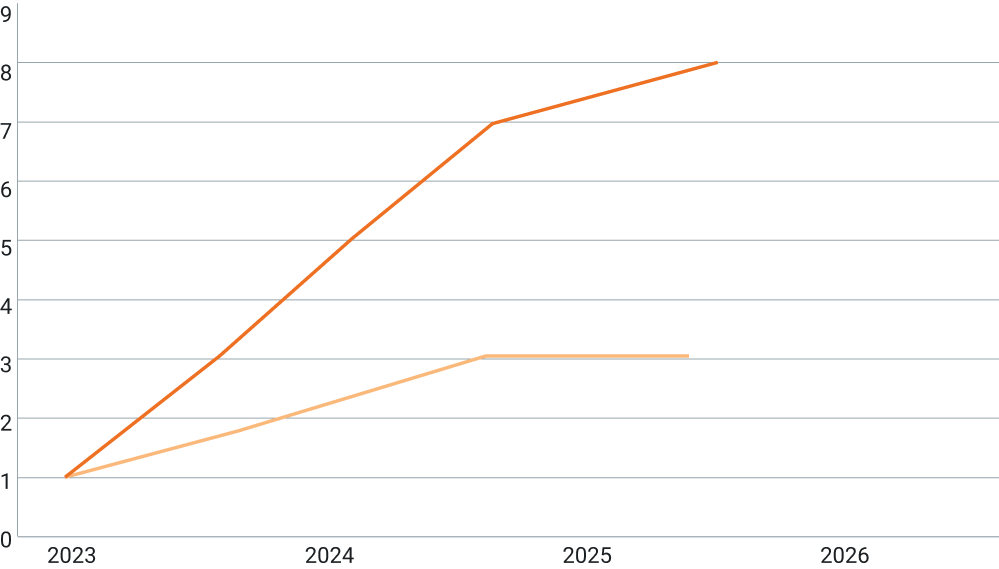
By 2025
By 2025
Why?
The new operating model introduced complicated factors
01
Decentralization
Finance & Procurement
vs All IT teams
02
A lot of variables
Fixed.
Variable spending became the norm
Very difficult to forecast budgets
03
On-demand
Overprovisioning
CapEx vs OpEx

By 2025
Why?
The new operating model introduced complicated factors
01
Decentralization
Finance & Procurement
vs All IT teams
02
A lot of variables
Fixed.
Variable spending became the norm
Very difficult to forecast budgets
03
On-demand
Overprovisioning
FinOps
An essential financial management discipline and cultural practice that allows organizations:
- Get maximum business value
- To collaborate (engineering, finance, technology and business teams)
- On data-driven spending decisions
This involves:
- Implementing processes and tools to track analyse and manage cloud costs
- Educating stakeholders on best practices for cloud cost optimization
This collaboration ensures:
- Alignment with business objective
- Cloud usage is optimized
- Overall cloud services is reduced
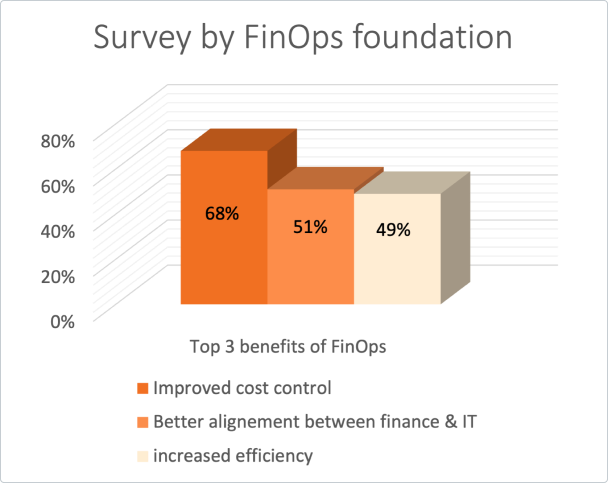
Optimizing cloud costs without sacrificing performance or functionalities.
*Stakeholders shall speak the same language
FinOps
An essential financial management discipline and cultural practice that allows organizations:
- Get maximum business value
- To collaborate (engineering, finance, technology and business teams)
- On data-driven spending decisions
This involves:
- Implementing processes and tools to track analyse and manage cloud costs
- Educating stakeholders on best practices for cloud cost optimization
This collaboration ensures:
- Alignment with business objective
- Cloud usage is optimized
- Overall cloud services is reduced

Optimizing cloud costs without sacrificing performance or functionalities.
*Stakeholders shall speak the same language
Pillars of FinOps

Accountability and enablement:Focuses on establishing a centralized cross-funcational team whose responsibility is to set governance and standards to manage cloud costs.

Cost optimization
Identifying key cost drivers, providing visibility, and making it a continuous process to constantly optimize cloud costs.
Tools and Accelerators
Using the right cloud cost tools to properly allocate and effectively track cloud spend.
Measurement and realizationDeveloping KPIs and business value matrics to track success of cloud transormation.

Planning and ForcastingCloud costs and deciding on a proper showback or chargeback mechanism
Pillars of FinOps

Accountability and enablement:Focuses on establishing a centralized cross-funcational team whose responsibility is to set governance and standards to manage cloud costs.

Cost optimization
Identifying key cost drivers, providing visibility, and making it a continuous process to constantly optimize cloud costs.
Tools and Accelerators
Using the right cloud cost tools to properly allocate and effectively track cloud spend.
Measurement and realizationDeveloping KPIs and business value matrics to track success of cloud transormation.

Planning and ForcastingCloud costs and deciding on a proper showback or chargeback mechanism
High-level overview
Awareness – Inform
Identifying cost inefficiencies, tracking cloud spend, and understanding the business impact.
Optimization – Optimize
Implement cost management strategies and tools to optimize their cloud usage. This may include rightsizing resources, leveraging reserved instances, and implementing cost allocation and chargeback mechanisms.
Governance – Operate
Governance policies and processes to ensure compliance, security, and cost optimization. This may involve setting up cost centres, defining roles and responsibilities, and establishing policies around resource usage and access.
Culture – Operate
A culture of cost optimization and accountability within the organization. This may involve educating stakeholders about cloud costs, incentivizing cost optimization, and fostering collaboration between teams to drive efficiency and innovation.
High-level overview
Awareness – Inform
Identifying cost inefficiencies, tracking cloud spend, and understanding the business impact
Optimization – Optimize
Implement cost management strategies and tools to optimize their cloud usage. This may include rightsizing resources, leveraging reserved instances, and implementing cost allocation and chargeback mechanisms.
Governance – Operate
Governance policies and processes to ensure compliance, security, and cost optimization. This may involve setting up cost centres, defining roles and responsibilities, and establishing policies around resource usage and access.
Culture – Operate
A culture of cost optimization and accountability within the organization. This may involve educating stakeholders about cloud costs, incentivizing cost optimization, and fostering collaboration between teams to drive efficiency and innovation.
SORINT’s Tailored Journey
SORINT’s Tailored Journey
and GitOps practices
on all trending tools

and managed pipelines.

in 2022


Tagging policy creation and implementation
Mapping of costs divided by cost center / application / workgroup

Creation of consolidated reports
Sharing of cost reports with various work groups

Identification of anomalies

Workload Management Automation

License optimization

Check discounts suitable for the flexibility of the system.
Advance purchase of some resources

Monitoring metrics and KPIs

Internal benchmark and against competitors
Definition of a continuous process that allows the evolution of Cloud installations with respect to business objectives

Tagging policy creation and implementation
Mapping of costs divided by cost center / application / workgroup

Creation of consolidated reports
Sharing of cost reports with various work groups

Identification of anomalies

Workload Management Automation

License optimization

Check discounts suitable for the flexibility of the system.
Advance purchase of some resources

Monitoring metrics and KPIs

Internal benchmark and against competitors
Definition of a continuous process that allows the evolution of Cloud installations with respect to business objectives
SORINT’s Tailored Journey
Instantiated from
Every journey is a unique challenge, but our know-how:
Product owners, Scrum masters, and Project managers with technical and administrational background
Adopted Agile practices
To prominent entities in Europe, US, and Africa

Projects in 2022
Agile philosophy and
Scrum / Kanban practices
Hands-on knowledge on all
trending tools
SORINT’s Tailored Journey
Instantiated from
Every journey is a unique challenge, but our know-how:
Product owners, Scrum masters, and Project managers with technical and administrational background
Adopted Agile practices
To prominent entities in Europe, US, and Africa

Projects in 2022
Agile philosophy and
Scrum / Kanban practices
Hands-on knowledge on all
trending tools
Experts involved

Angelo Brenna

Fabio Zanchi
Database & Cloud Architect | FinOps Specialist | Ercole PM
+20 years of experience. DB infrastructure and cloud

Raffaello Ferrari
Database & Cloud Architect | FinOps Specialist | Ercole.io PM
7 years of experience. DB infrastructure and cloud
Prestigious Certificates
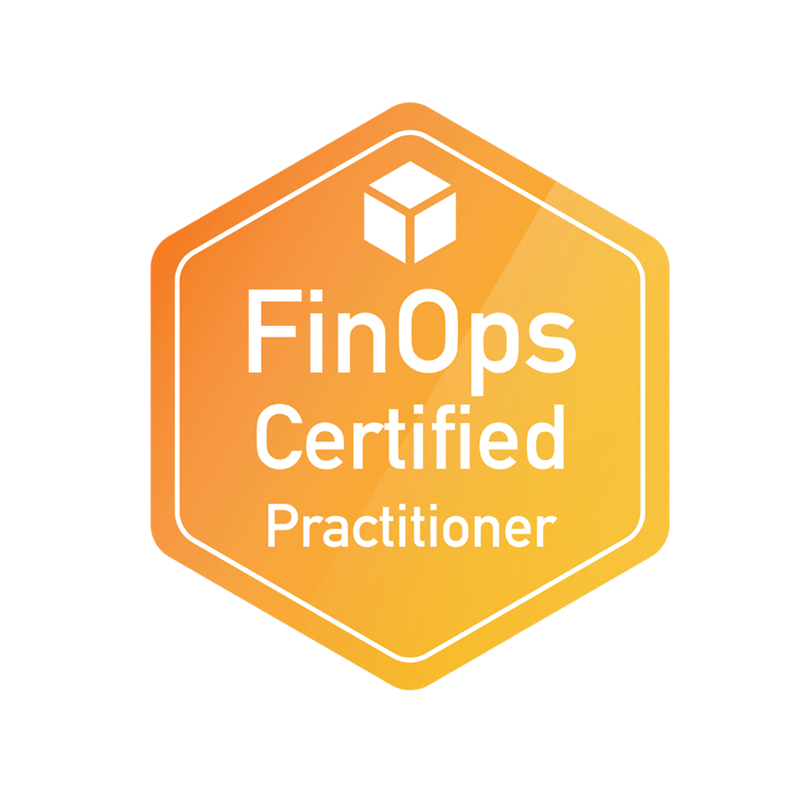
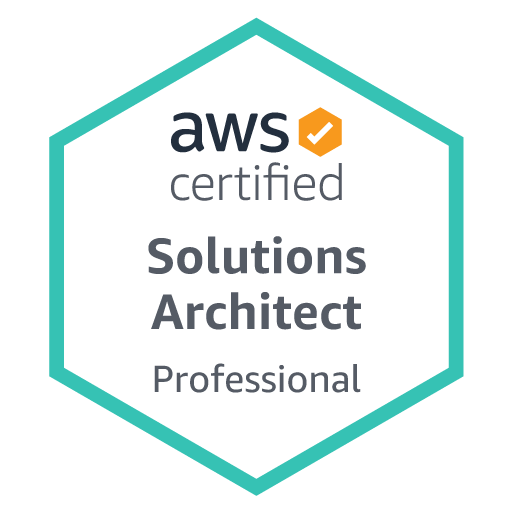
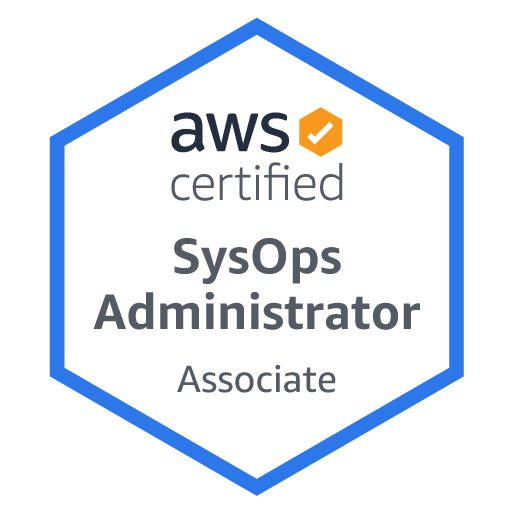
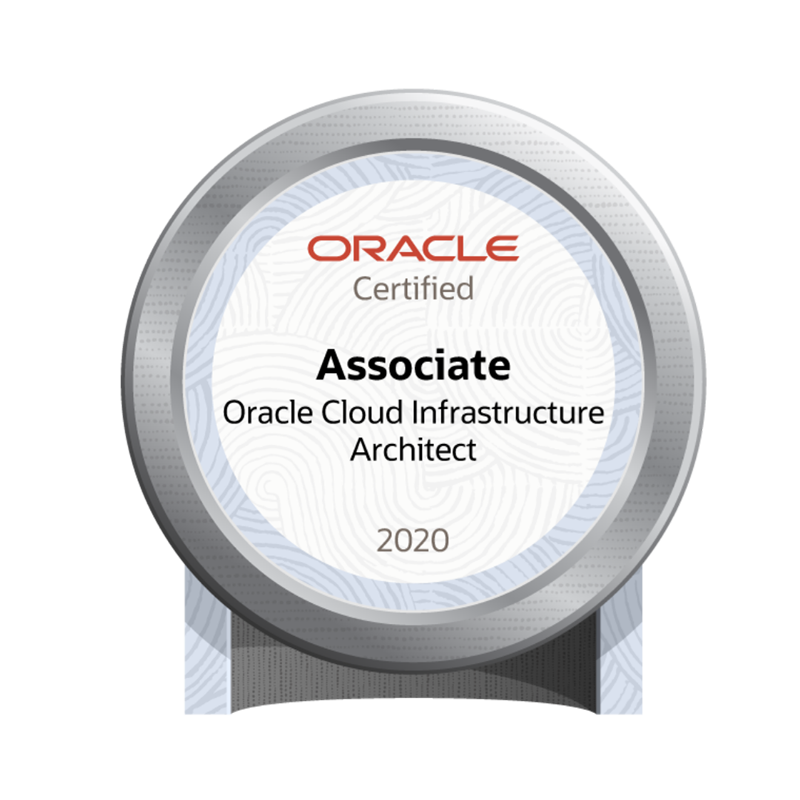
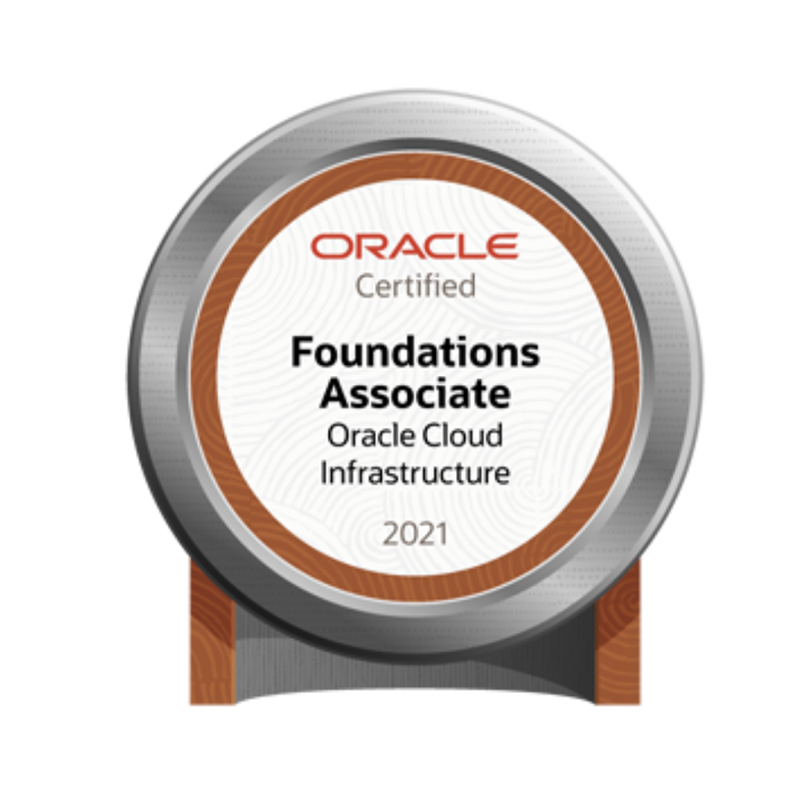
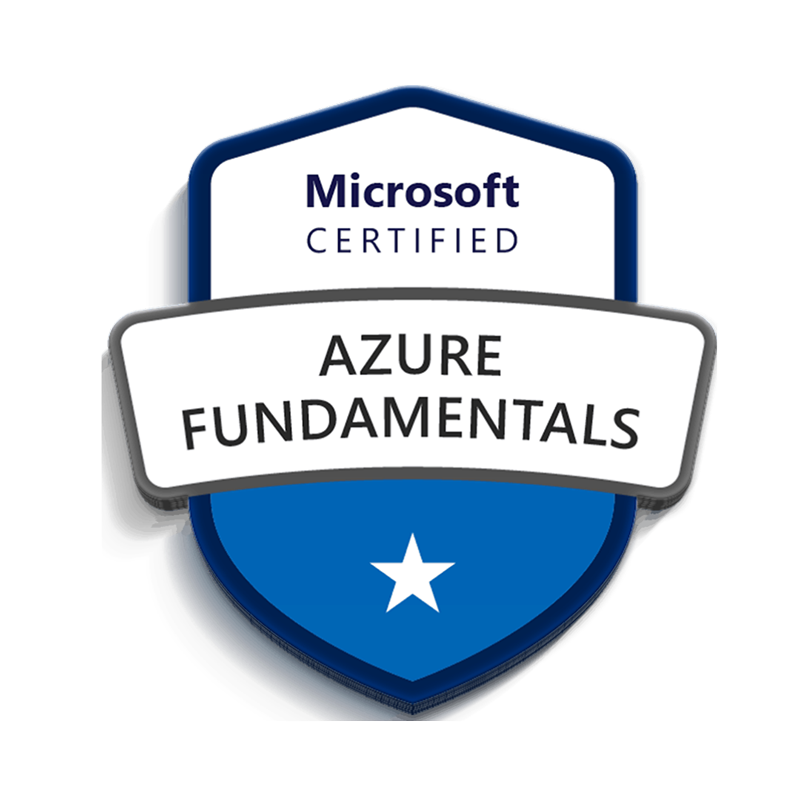
Other sircles and specialisations involved
Architecture – Closer Look
- Map spending data to the business
- Set tag strategy and compliance
- Create showback and chargeback reporting
- Define budgets and forecasts
- Map spending data to the business
- Rightsizing
- Workload Management
- Automation
- Provide timely and consistent spend / usage data to all stakeholders
- Identify Anomalies
- Find & Remove underutilized services
- Balance use of various rate types
- Select discounts that match your flexibility
- Pre-purchase capacity
- Custom and Volume Discounts / Sustained Usage
- Utilize Marketplace
- Licensing Optimization
- Trending & Variance Analysis
- Create Scorecards, metrics & KPI’s
- Benchmark internally and against “industry” peers
- Mini-Business Cases
- Tracking and Trending
- Communication strategy
- Ongoing reviews with stakeholders on optimization opportunities
- Develop a framework for decision making that aligns with the business drivers
Architecture – Closer Look
- Map spending data to the business
- Set tag strategy and compliance
- Create showback and chargeback reporting
- Define budgets and forecasts
- Map spending data to the business
- Rightsizing
- Workload Management
- Automation
- Provide timely and consistent spend / usage data to all stakeholders
- Identify Anomalies
- Find & Remove underutilized services
- Balance use of various rate types
- Select discounts that match your flexibility
- Pre-purchase capacity
- Custom and Volume Discounts / Sustained Usage
- Utilize Marketplace
- Licensing Optimization
- Trending & Variance Analysis
- Create Scorecards, metrics & KPI’s
- Benchmark internally and against “industry” peers
- Mini-Business Cases
- Tracking and Trending
- Communication strategy
- Ongoing reviews with stakeholders on optimization opportunities
- Develop a framework for decision making that aligns with the business drivers
Manifestation of success

Cross-organizational trust

More predictable cloud spending

Reduced costs/spending
Accountability & auditability

Unit-based economics
Acceleration in innovation, lower failure cost
Manifestation of success
Cross-organizational trust

More predictable cloud spending

Reduced costs/spending
Accountability & auditability

Unit-based economics
Acceleration in innovation, lower failure cost
Success Stories
Delivered by: SORINTians
Start a FinOps Journey
- Oracle cloud & Azure platform.
- 3 months evaluation.
- Adopted a tool for reading tags of resources.
- Real-time
Result & delivery (UTD)
- For 3 different applications.
- Actionable saving reports of, 26.7%, 9.5%, and 50.5%.
- New tagging strategy.
- Submitted reports. On environment,
cloud provider, company. Etc - Introduced periodic reports.
- Forecasting future cost.
- Hardware and software - performance issues.
- Increase security measures - cyber threats
- Supply to other hospitals – requirement.
- Renovate the on-premise datacenter.
- Migrate to Oracle cloud.
- Oracle cloud up to 35% lower cost vs new hardware infrastructure.
- Oracle opportunity to update OS servers (Windows and Linux ) latest compatible version.
- A significant upgrade to security measures. E.g. Separated networks, dedicated VPN, and Infrastructure level.
- Advantages in scalability, security, flexibility, and integration.
- Analysis of business needs.
- Identification of stakeholders.
- Assignation of stakeholders responsibilities.
- Requirement elicitation.
- Preparation of processes workflow.
- Building a POC.
- Definition of product roadmap.
Result & delivery (UTD)
- Data-driven decisions and implementation.
- Control and successful migration.
- 10% more saving vs expected.
- Invested in Disaster Recovery Environment.
Success Stories
Delivered by: SORINTians
Start a FinOps Journey
- Oracle cloud & Azure platform.
- 3 months evaluation.
- Adopted a tool for reading tags of resources.
- Real-time
Result & delivery (UTD)
- For 3 different applications.
- Actionable saving reports of, 26.7%, 9.5%, and 50.5%.
- New tagging strategy.
- Submitted reports. On environment,
cloud provider, company. Etc - Introduced periodic reports.
- Forecasting future cost.
- Hardware and software - performance issues.
- Increase security measures - cyber threats
- Supply to other hospitals – requirement.
- Renovate the on-premise datacenter.
- Migrate to Oracle cloud.
- Oracle cloud up to 35% lower cost vs new hardware infrastructure.
- Oracle opportunity to update OS servers (Windows and Linux ) latest compatible version.
- A significant upgrade to security measures. E.g. Separated networks, dedicated VPN, and Infrastructure level.
- Advantages in scalability, security, flexibility, and integration.
- Analysis of business needs.
- Identification of stakeholders.
- Assignation of stakeholders responsibilities.
- Requirement elicitation.
- Preparation of processes workflow.
- Building a POC.
- Definition of product roadmap.
Result & delivery (UTD)
- Data-driven decisions and implementation.
- Control and successful migration.
- 10% more saving vs expected.
- Invested in Disaster Recovery Environment.
Welisten
24x7x365
Welisten
24x7x365



